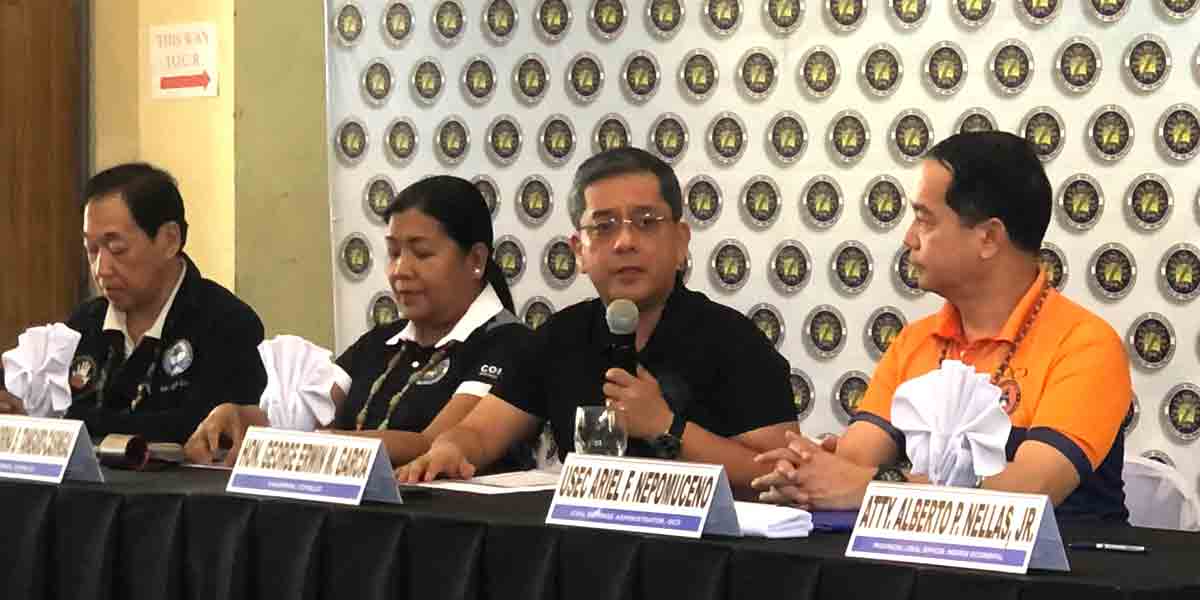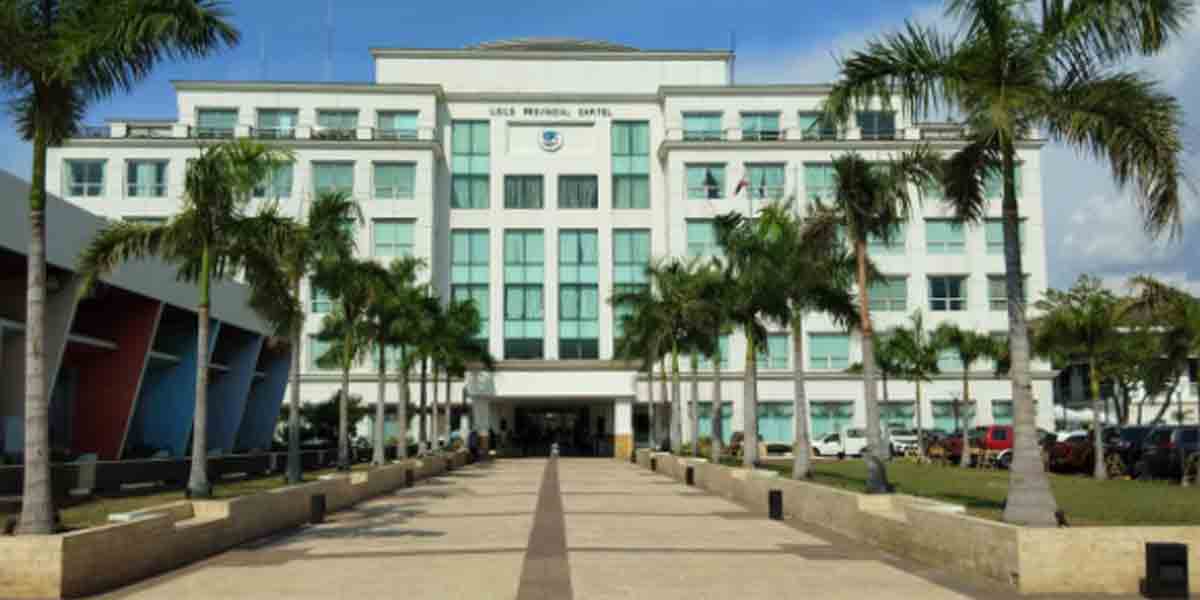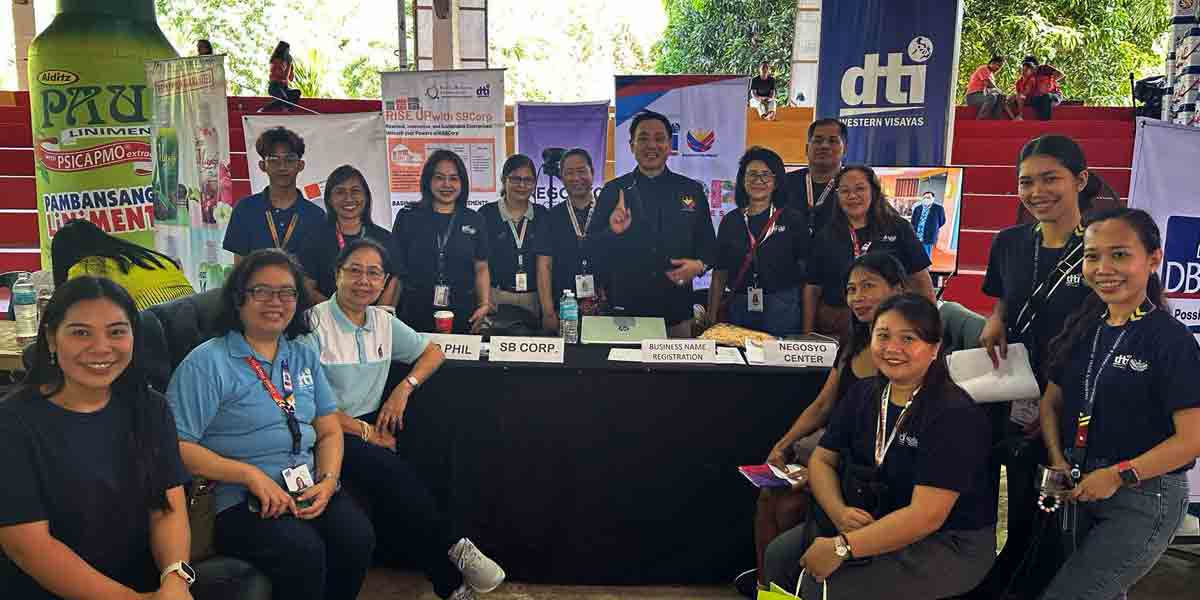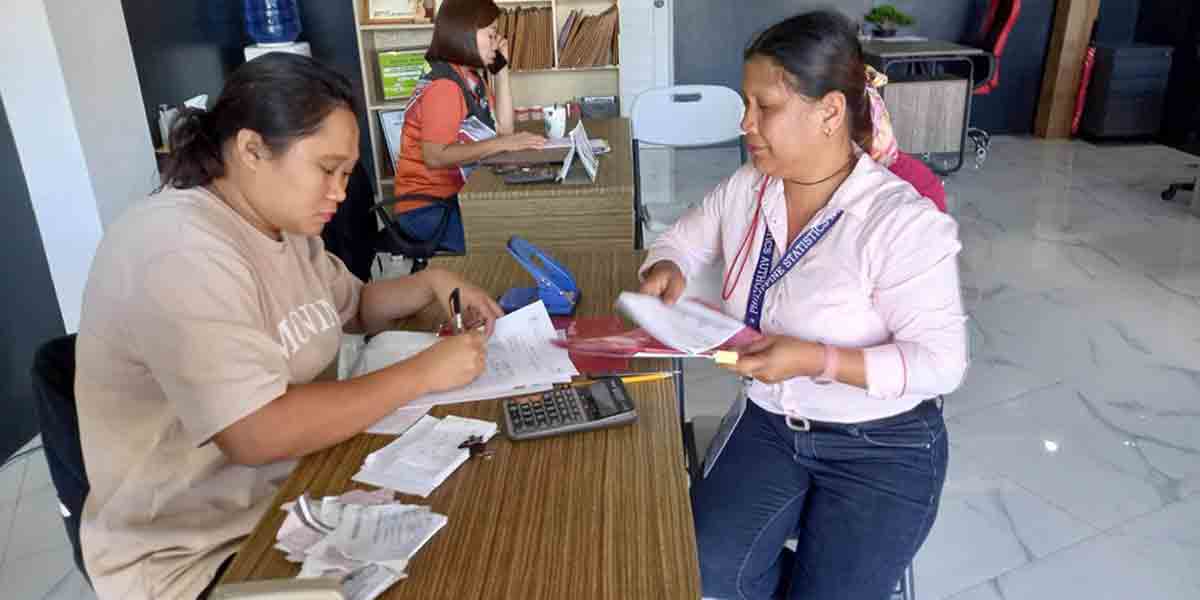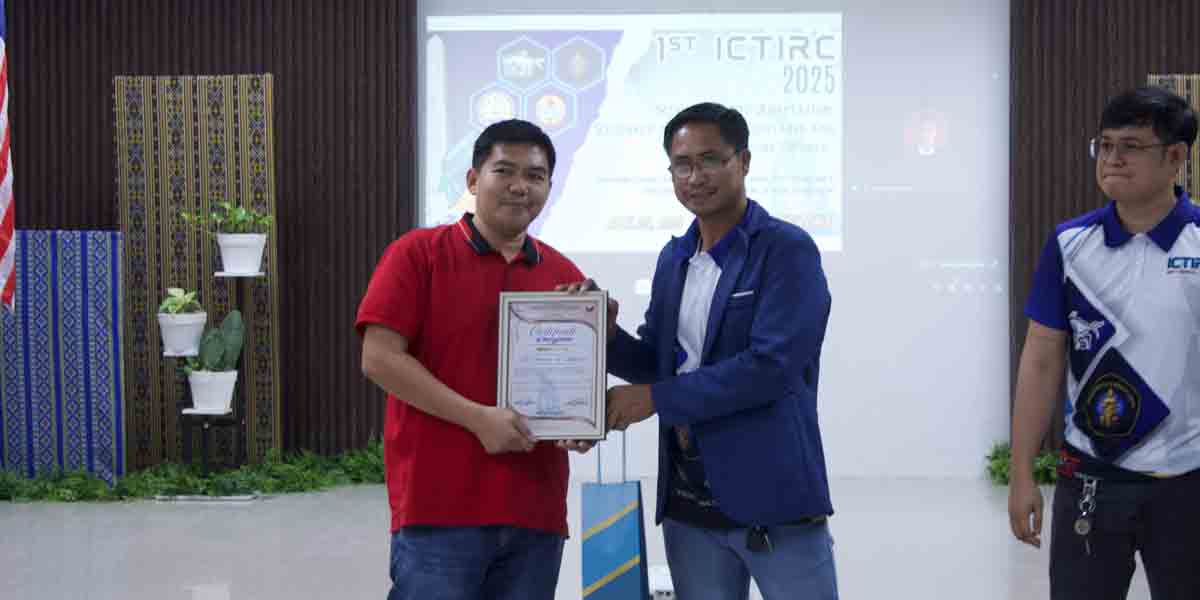
by Emme Rose Santiagudo
Twenty-six years since it was first established, the Mari-it Conservation Park in Brgy. Jayobo, Lambunao, Iloilo continues to become a home to some of the most vulnerable and critically endangered species worldwide and only endemic to the Visayas region despite its financial struggle.
According to Dr. JB Ian Bullo the assigned veterinarian of the center, Mari-it serves as the home of the Dulongan (Visayan Writhe Hornbill), the second most critically endangered species of hornbill in the world and another endangered species of Tirik (Visayan Tariktik Hornbill).


The park also takes care of the critically endangered species of Baboy-Talunon (Visayan Warty Pigs) and endangered species of Usa Pamitun-on (Visayan Spotted Deer), vulnerable species of Visayan Leopard Cats, and Panay Cloud Rats among others.
“As of the moment we have 11 Visayan Warty Pigs, 20 Visayan Spotted Deers, 16 Visayan Hornbills, five Visayan Leopard Cats, and Two Panay cloud rats,” he said.
Recently, the center received new residents when two rescued Visayan Leopard Cats, “Ponti” and “Vedra” from Pontivedra, Capiz were transferred to their facility.
Despite being the largest Hornbill breeding facility in the world and the only rescue and breeding facility in Panay Island, Mari-it Conservation Park, like its tenants, is struggling to cope up with its everyday operations.


It has been 14 years since the center successfully bred in captivity a Dulongan (Visayan Writhe Hornbill) named “Glory,” the first successful breeding took place on January 2005.
At that time, Mari-it Conservation Park was supported technically and financially by some animal conservationists from other countries such as North England Zoological Society of U.K., Vogelpark Avifauna of Netherlands, Zoological Society for the Conservation of Species and Populations of Germany and the Fauna and Flora International of U.K.
But now, Bullo said that they are having a hard time to breed the critically endangered Dulongan (Visayan Writhe Hornbill) because of the financial strains that resulted in limited food rationing for the animals.
 “The park before may ara funding through proposal sa international but when one of the personnel died who was in charge of the proposals, the funding was also cut. So as a result, the food requirements being given here indi standard because ginpanaba lang kung diin ang kaya kay wala budget,” he lamented.
“The park before may ara funding through proposal sa international but when one of the personnel died who was in charge of the proposals, the funding was also cut. So as a result, the food requirements being given here indi standard because ginpanaba lang kung diin ang kaya kay wala budget,” he lamented.
Since the funding stopped, the Dulongan (Visayan Writhe Hornbill) and all the other species have not been provided regularly with its standard food, according to Bullo.
“For the hornbills, they should have standard meals with at least three types of fruits and live food supply sang mice, crickets, and worms. Once madula mo ang live food indi sila ka breed. They are extremely sensitive nga once mangitlog sila and indi nila masustain, they will abort the eggs,” he said.

Meanwhile, the Visayan Leopard Cats should also be fed with live chicken but as of now, Bullo said that they are resorting to piece per piece food rations.
“They are carnivores so ang ginahatag namon sa ila chicken meat or other types of meat. Pero it is much better if hatagan sila live food like chicks and mice. They are usually hunted para ibaligya to breed sa domestic cats para makahimo Bengal cat,” he said.


Bullo lamented that there are times where they would look to use money from their personal pockets to fund the operations and the food requirements of the center.
“Last year own personal money namon amon ginamit because of the lack of funding,” he said.
According to Bullo, they received some funding from the Department of Environment and Natural Sciences (DENR) and local government unit (LGU) of Lambunao for the improvement of the facility as well as the additional personnel.
However, to achieve the standard food for the animals, Bullo said that the center needs P30,000 per month.
“Diri sa aton ang second most endangered hornbill. Tama ka rare and very treasured gid but wala na appreciate,” he lamented.
The facility serves as the only rescue and breeding center in Panay. Supposedly, the next plan once the animals have increased their population is to reintroduce them to the wild but instead their population is now decreasing, Bullo said.
“The plan is once mapadamo, ipareintroduce, but ang natabo imbes nagdamo nagnubo, kay naubusan funding. Very sayang gid because the environment and the location here is almost ideal ang kulang lang gid is food and facilities,” he lamented.


INTERVENTIONS
In an interview with Lambunao Mayor Reynor Gonzales on Wednesday, they are now planning for the development of the Mari-it Conservation Park into an eco-tourism site.
“The LGU is the one providing funds may ara man sa NGOs but not that much because to improve it we need millions that’s why subong we are promoting Mari-it as an eco-tourism site para on its own mangin self-sustaining,” he said.
According to Gonzales, they recently had a meeting with the West Visayas State University-College of Agriculture and Forestry (WVSU-CAF) which operates the conservation park to open up a little space and develop it as an eco-tourism destination.
“In a meeting with WVSU on Tuesday, they agreed to little by little open up some space para amat amat na mabalik ang natural habitat sang mga animals and indi lang sa cage. If Boracay is along the seacoast, we will promote the park in the hinterlands; from the sea to the forest ang development is continuous,” he said.
Part of their development according to Gonzales is also to increase the information and education campaign among the residents particularly in conserving the flora and fauna in the area.
“We have to develop the area in relation to the ecosystem. We need to balance the development in relation to the ecosystem because we provide the place for animals conducive na maka recover sila kay endangered sila we have a master plan but it needs updating,” he said.
He added that he is set to have a meeting again with WVSU to discuss the future plans.
The Mari-it Conservation Park, which is being run by the WVSU-CAF, was initially established in 1993 through a Memorandum of Agreement (MOA) between DENR and Mulhouse Zoo in France for the conservation of the Visayan Spotted Deer.

